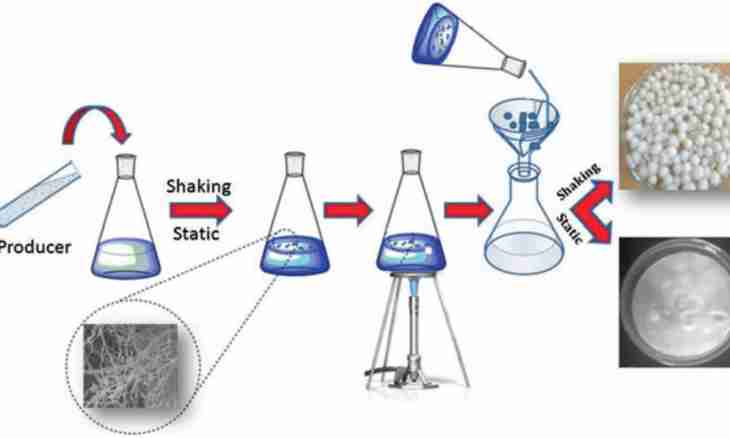The majority of things which create comfort in everyday life are made of the materials based on cellulose. It is polymer with unique physical and chemical properties.
What is cellulose?
Cellulose is a polysaccharide which consists of the remains of a molecule of glucose and is a necessary element for formation of a cover of all plant cells. Molecules have it the linear building and contain three hydroxyl groups. Thanks to it, she shows properties of polyatomic alcohol.
Physical properties of cellulose
Cellulose is white solid substance which is capable to reach temperature in 200 wasps and at the same time not to collapse. But at temperature increase up to 275 wasps it begins to ignite that speaks about its belonging to combustible substances.
If to consider cellulose under a microscope, it is possible to notice that its structure is formed by the fibers having length no more than 20 mm. Fibers of cellulose are connected by a set of hydrogen communications, but at the same time they have no branches. It gives to cellulose the largest durability and ability to maintaining elasticity.
Chemical properties of cellulose
The remains of molecules of glucose making cellulose are formed at hydrolysis. Sulfuric acid and iodine in the course of hydrolysis paint cellulose in blue color, and just iodine — in brown. There is a set of reactions with cellulose at which there is a formation of new molecules. Reacting with nitric acid, cellulose turns into nitrocellulose. And in the course of etherification, acetic acid forms cellulose triacetate. Cellulose is not dissolved in water. Its most effective solvent is ionic liquid.
How do receive cellulose?
Wood consists for 50% of cellulose. By long cooking of spill in solution of reagents, and then carrying out purification of the received solution, it is possible to receive it in pure form. Ways of cooking of cellulose differ as reagents. They can be sour and alkaline. Sour reagents contain sulphurous acid and are applied to receiving cellulose from low-resinous trees. Alkaline reagents exist two types: soda and sulphatic. Thanks to soda reagents, cellulose can be received from deciduous trees and annual plants. But, using this reagent, cellulose turns out very expensive therefore soda reagents use seldom or do not use absolutely. The most widespread way of receiving cellulose is the method based on sulphatic reagents. Sodium sulfate - a basis for white lye which is used as reagent and is suitable for receiving cellulose from any vegetable raw materials.
Use of cellulose
Cellulose and its air are used for creation of artificial fibers, viscose and acetate. Wood cellulose is used for creation of various things: papers, plastic, explosive devices, varnishes, etc.

